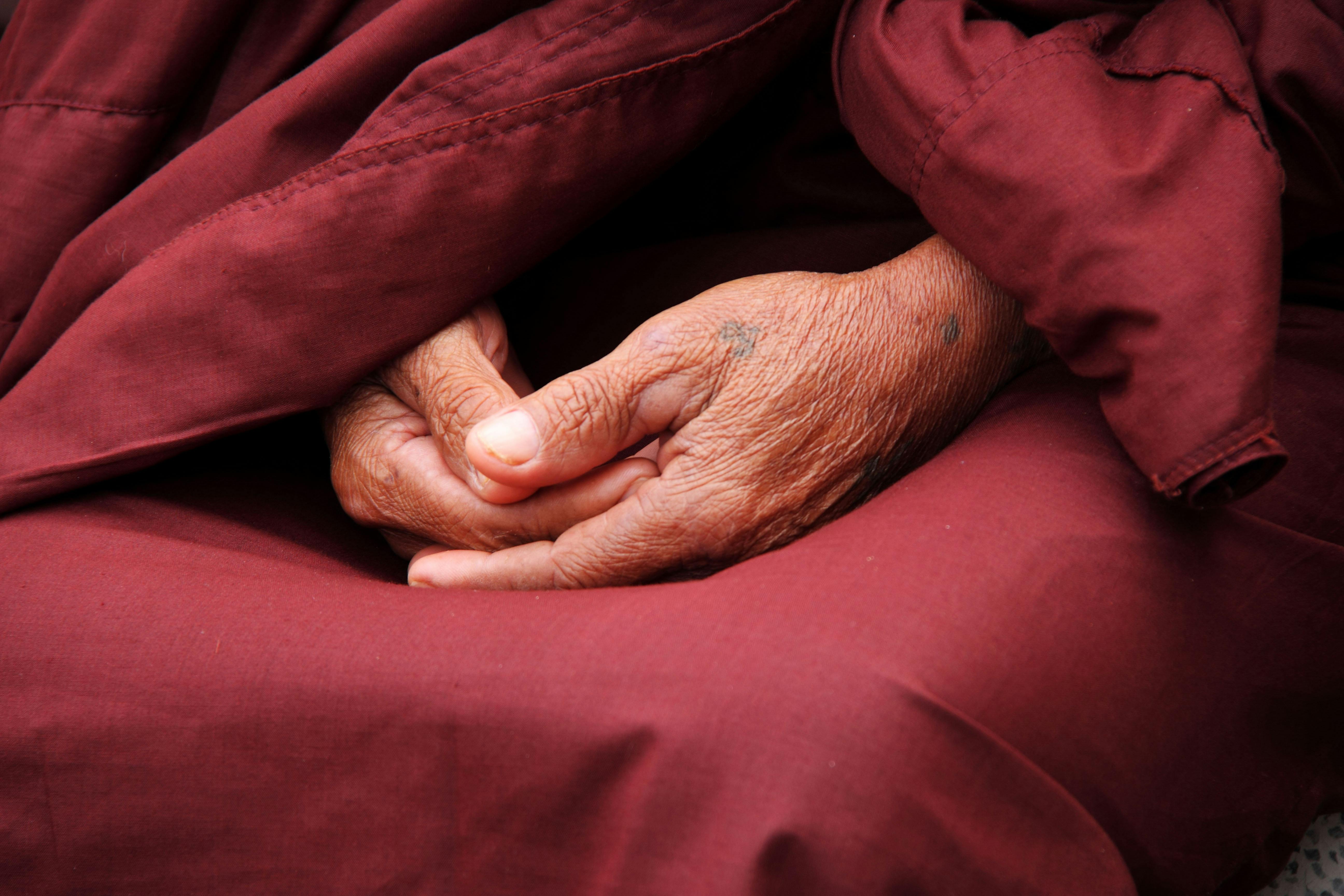Question 1:How do we understand "non-judgment"?
Answer:There are two levels of understanding. One is the automatic self, where we're unaware and swept away by emotions and thoughts, constantly falling into judgment. The other is the "observer" self, the part of you that watches your thoughts come and go, like an outside observer.
Question 2:What are white noise sounds like waves, rain, etc.? How do we understand them, and when is it most suitable to practice with them?
Answer:White light is a mix of monochromatic light in various frequencies (colors), while white noise is a mix of sounds at different frequencies, all at the same level. For example, natural sounds like ocean waves, rain, or the rustling of leaves, or even mechanical sounds like a fan or a humming machine. Apart from being used as background sounds for meditation, you can also listen to white noise when you need focus or relaxation.Question 3:During meditation, I find it hard to imagine the scenes the teacher guides me through. What could be the reason?
Answer:You can try to relax and be patient. As you practice more, the imagined scenes will become clearer. If you still can't immerse yourself in the scene, that's okay. Choose an audio that suits your own practice style.Question 4:Why do I feel like my body is leaning to one side or swaying during meditation?
Answer:This can happen when your body is either too tense or too relaxed. If this occurs, gently adjust your posture, straighten your back, and find a balanced position before continuing with your practice.Question 5:At night, my mind is filled with thoughts about the day or what's coming tomorrow, which disrupts my sleep. How can I solve this?
Answer:You can try practicing "pre-sleep relaxation" or "body scanning" before bed. These practices help clear your mind and relax your body, improving your sleep quality.




